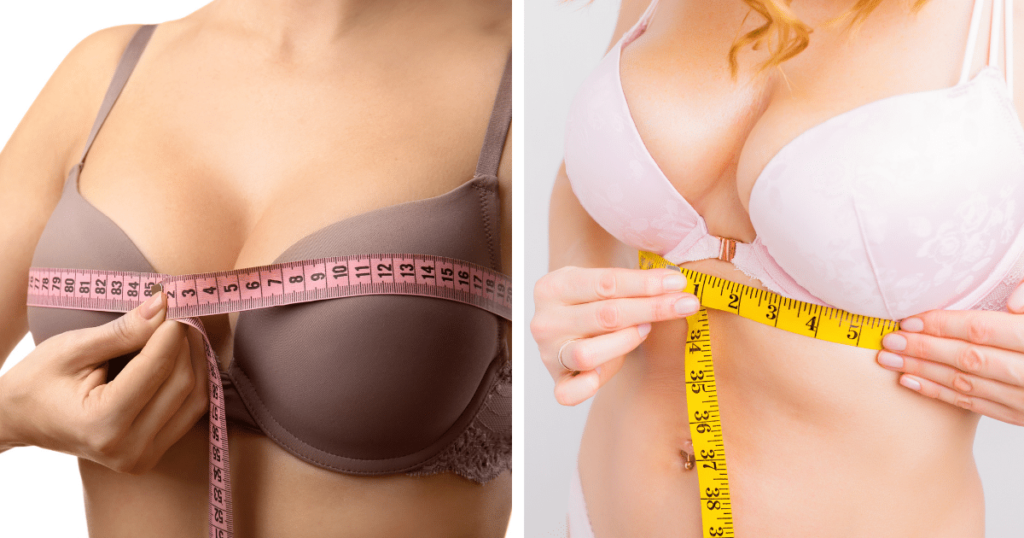From Style to Health: The Critical Connection Between Bras and Your Body
Ensuring the proper fit for your bra is crucial, as choosing the wrong size can have serious health implications. It’s essential that your bra always fits your size appropriately—neither too small nor too large.
Although finding the right size might present challenges, it’s a goal that’s definitely attainable. Wearing an ill-fitting bra can lead to harmful effects over the long term. Beyond just the size, the bra’s shape should also align with your body’s structure.
THE BEST MEDIA has listed 4 things that can happen to your body if you keep wearing the wrong bra.
1. Back, neck, and breast pain

A study highlights that an incorrect bra size can result in various health problems, including back pain, neck pain, and breast discomfort. This stems from an unsupportive bra structure that contributes to improper body posture.
2. Headache

Should a bra be too small, it exerts added pressure on the shoulders, leading to neck pain and severe headaches. Experts specializing in bra fitting emphasize that adjusting the bra size can provide instant relief from these headaches.
3. Shoulder deformation

The pressure exerted can also result in a condition known as a “bra strap defect,” leading to discomfort in the shoulders. Research indicates that wearing a bra that is too small for an extended period can lead to deformation.
4. Skin issues

Conversely, wearing bras that are excessively large fails to offer the necessary support, which can result in skin damage. Research indicates that such ill-fitting bras can cause the skin to stretch in the upper breast area due to the effects of gravity-induced breast deformation.
CHOOSING THE PROPER BRA

To determine your breast size accurately, you can follow this measurement method that relies on two parameters: band and cups.
- Measure around your rib cage, just under your breasts, to ascertain your band size. Round this measurement to the nearest even number.
- Measure around the fullest part of your breasts to determine your cup size.
Subtract the band measurement from this cup measurement. Each difference corresponds to a cup size. For instance, a 1-inch difference might indicate an A cup, while a 2-inch difference could mean a B cup, and so on.
Please note that bra sizes might vary based on the brand you choose.
Do you consistently find well-fitting bras? How do you go about measuring your accurate size? If you have any helpful tips for fellow individuals, don’t hesitate to share them in the comment section below.
